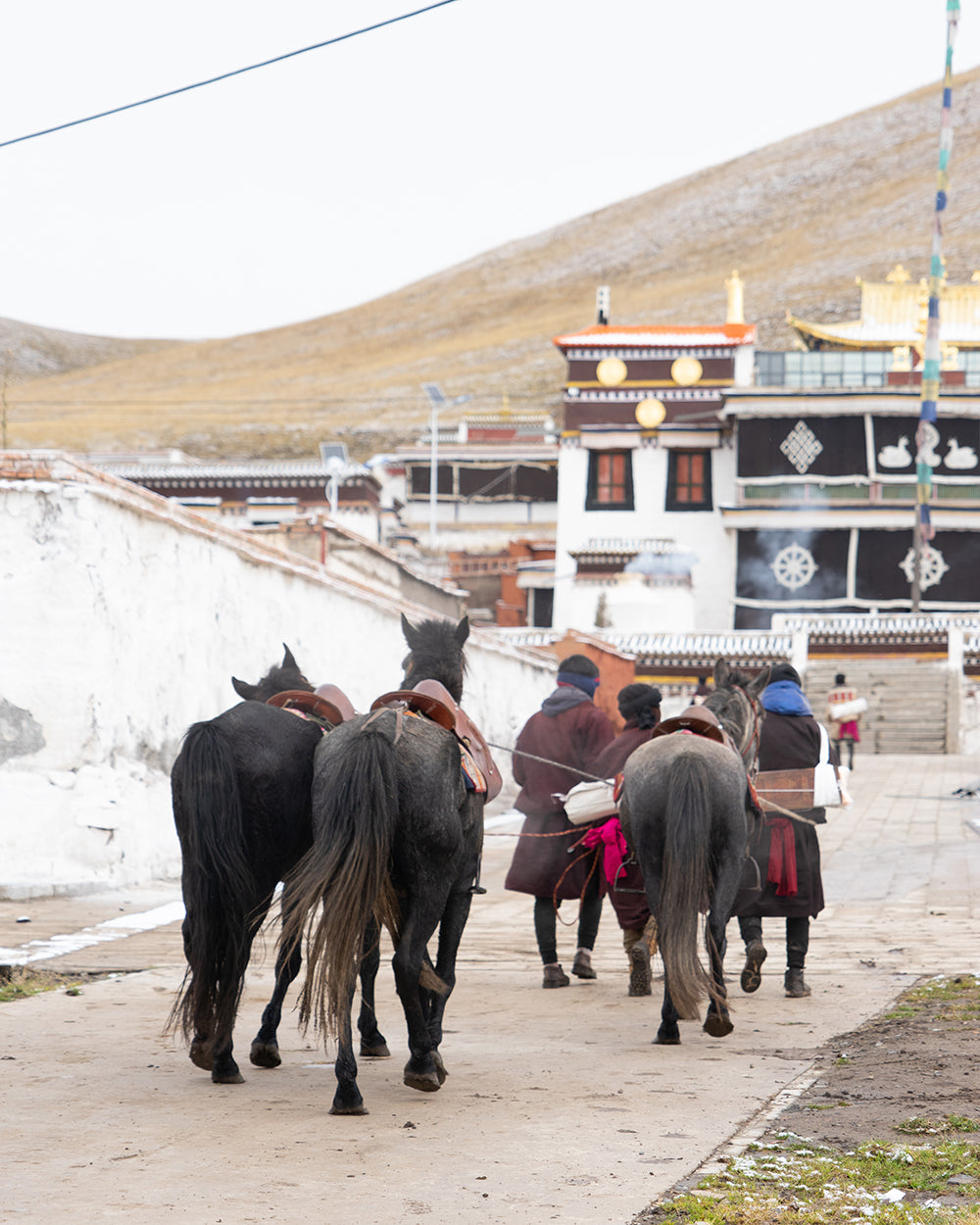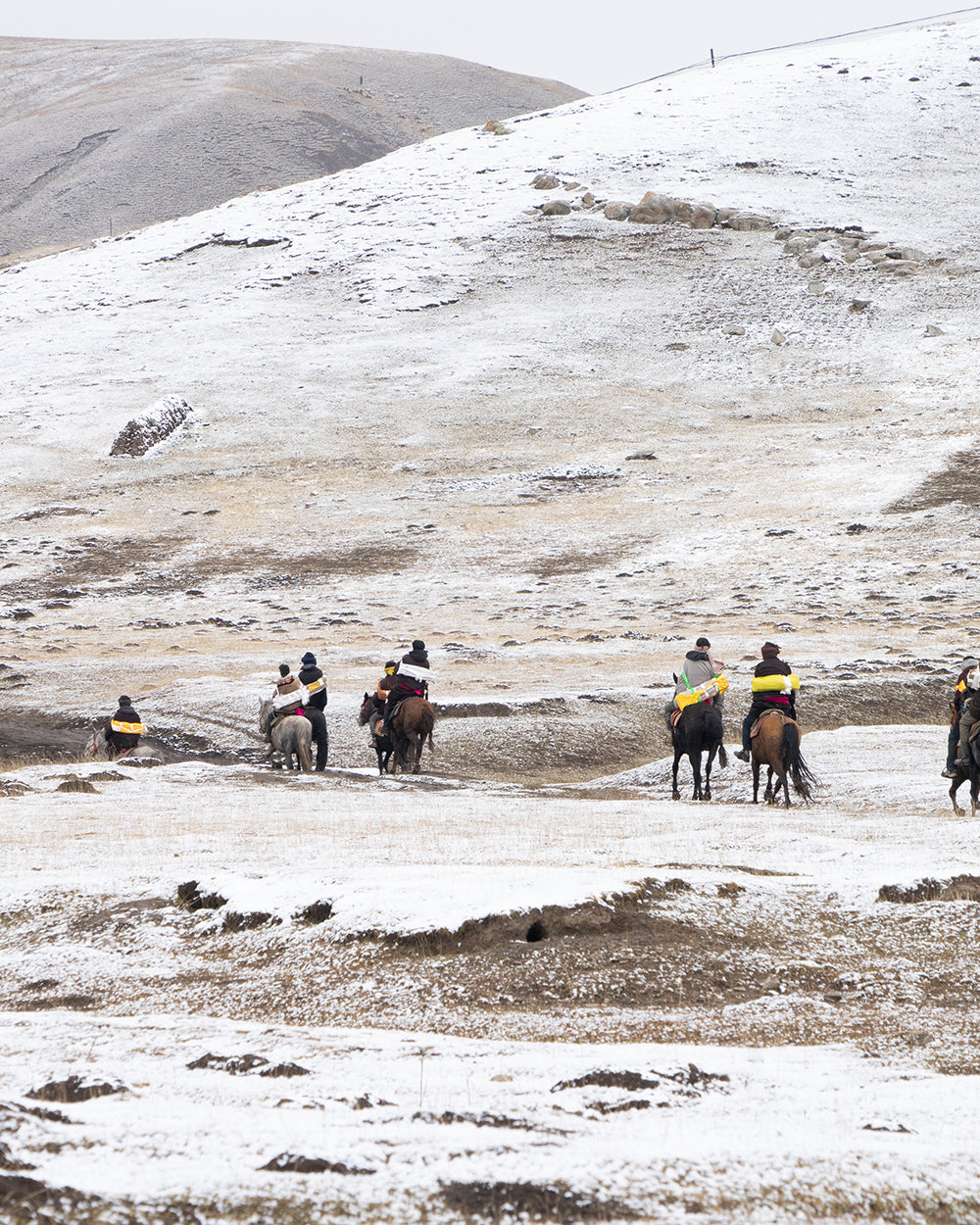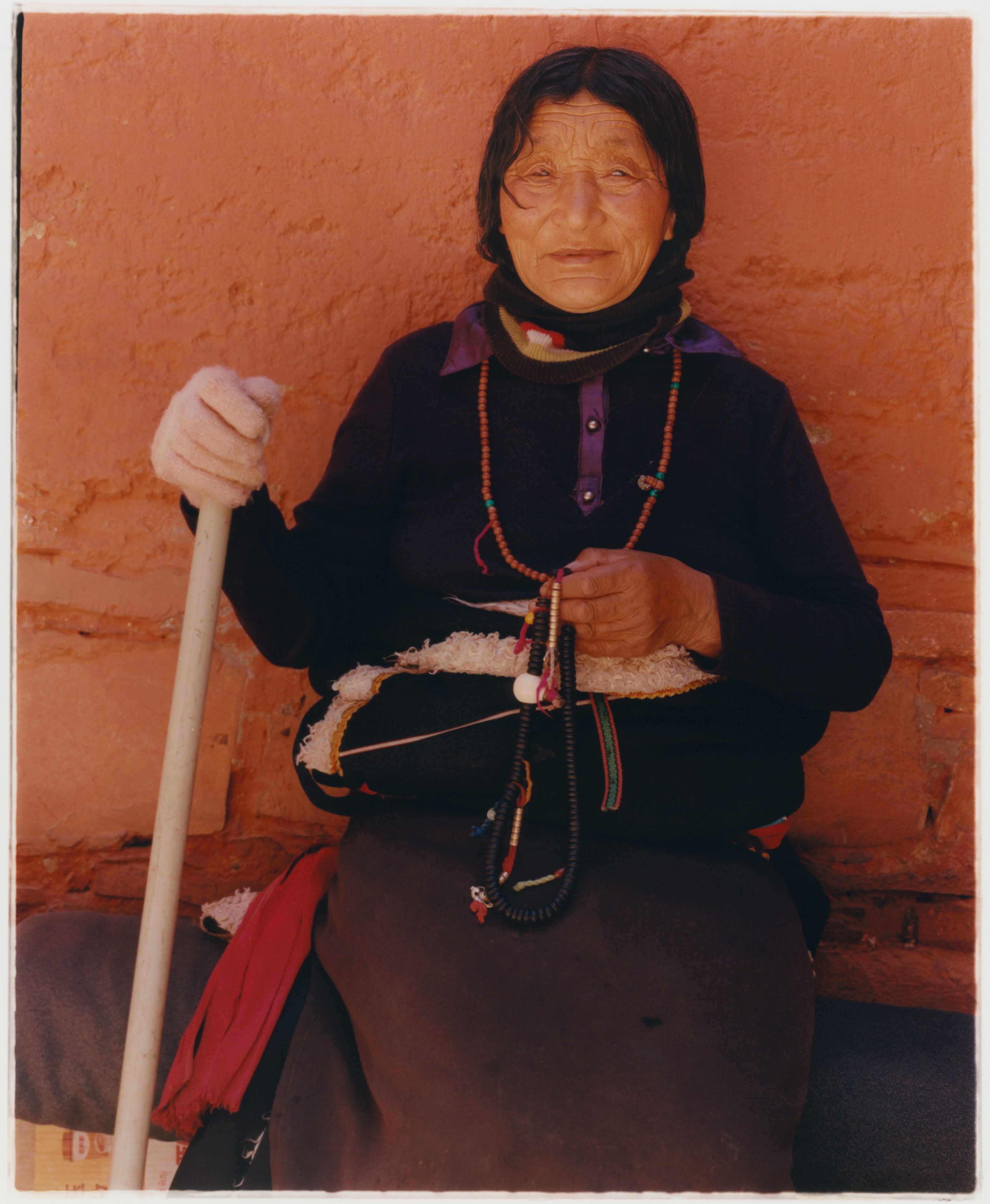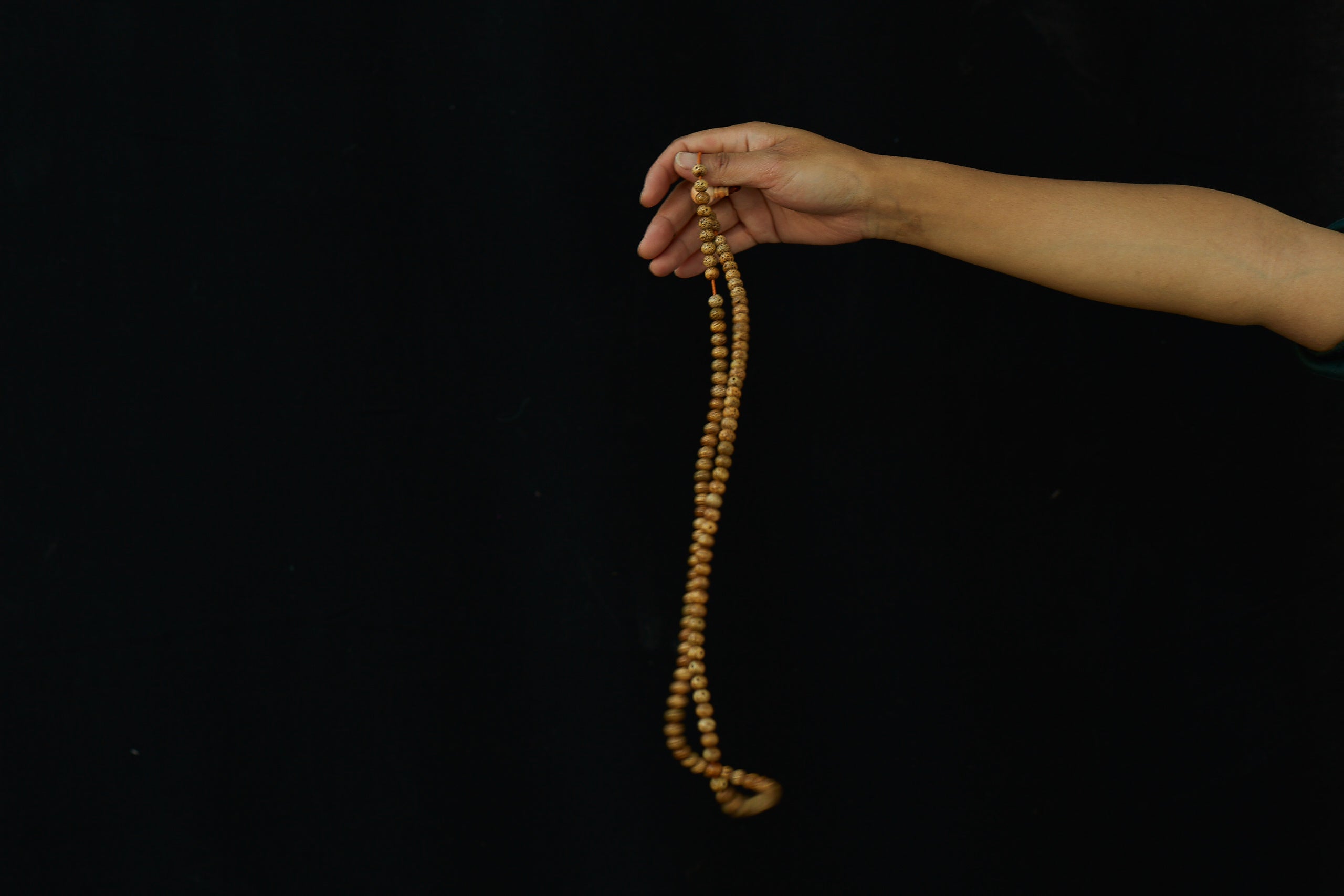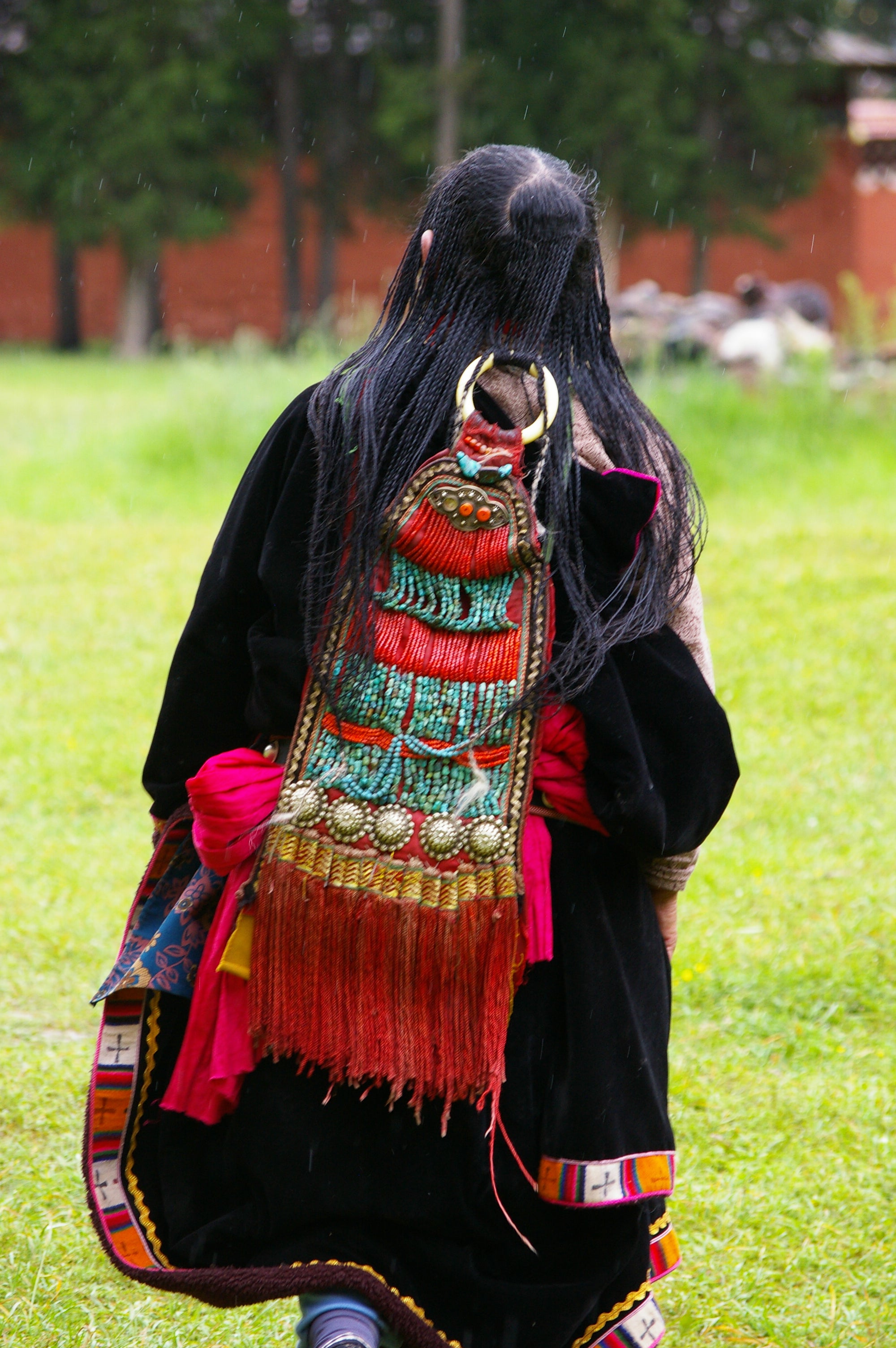THE NUMBER 108
|
108 is a sacred number in many cultures and religions, notably in Hinduism, Buddhism and Jain traditions. Mathematicians also consider it is special, Leonardo Fibonacci, born around A.D. 1170 having posited in his theory that the number 108 has a way of representing the wholeness of existence. On a cosmic level, the distance between the sun and the Earth is 108 times the diameter of the sun. The number 108 connects us both to ourselves and to the world around us. In Tibetan Buddhism, the number 108 mainly stands for the Kangyur, the Tibetan Buddhist canon, a loosely defined collection of 108 volumes of sacred texts recognized by various schools of Tibetan Buddhism, and described as the Word of the Buddha. Also, the Lankavatara Sutra, a Buddhism Mahayana text that figures prominently in Tibetan, Chinese and Japanese Buddhism, has a section where the Bodhisattva Mahamati asks the Buddha 108 questions. In Tibet, and over the centuries, this sacred number has been spun out into many areas of not only religious, but daily life. A rosary, used for counting prayers, must have 108 beads, and a nomad woman braids her hair into 108 tresses. The number 108, it also used for blessing. In many places on the Tibetan plateau, and notably in Ritoma, each year in late October, when the animals are brought back to winter camp, the men of the village bless the winter grazing area with the 108 volumes of the Kangyur. They go to the monastery, where they borrow the large, cloth wrapped loose leaf books, each horseman trying several to his back and circumambulate the area several times to protect their herds from a harsh winter and bring blessings to the whole village. |


